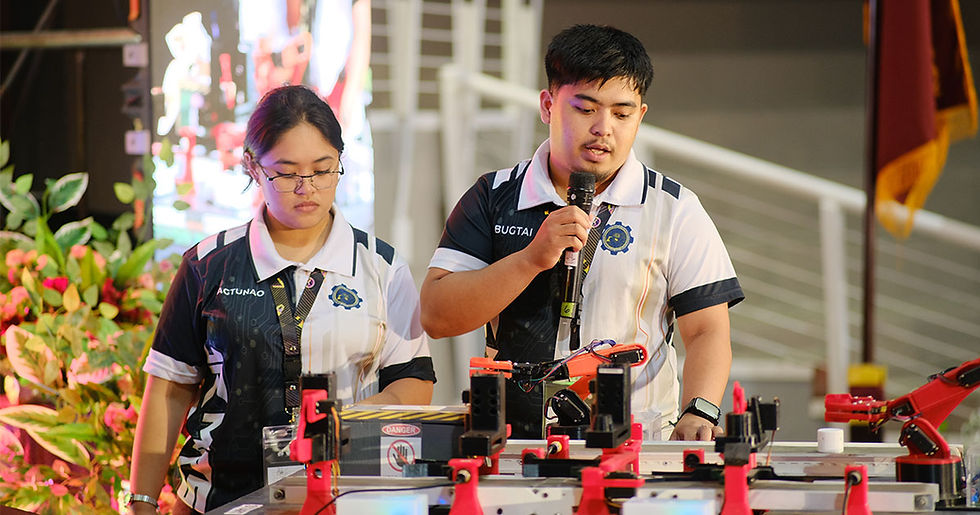How modern manufacturing technology can benefit traditional crafts
- Field Ready

- May 10, 2016
- 2 min read
In the immediate aftermath of an emergency, there is no question that the top priority is getting what is needed, where it is needed as fast as possible. No matter how this is done, whether through internationally shipping water pipes and filters, or setting up a rapid manufacturing space to supply key components for water supply system or makeshift hospitals, preserving life is the only goal.
The recovery and reconstruction period that follows is a time when the focus shifts from preserving life to rebuilding lives. This brings with it new challenges, and careful thought must be given to how best to support reconstruction efforts without inadvertently supplanting existing industries or new initiatives.
Shipping in the 3D printers is new possibility in emergency response, but there is a responsibility to ensure that as a recovery gains momentum, local efforts to rebuild are not undermined. A key way to do this is to link with existing local manufacturers. Field Ready is doing just this in our project in Nepal.

Nepal, particularly Patan, a part of Kathmandu, has a rich history in artistry and craftsmanship. For hundreds of years, this craft has been passed down from generation to generation. It is responsible for creating the incredibly intricate religious idols and metal jewellery that can be seen for sale in roadside shops throughout Kathmandu. These craftsmen are capable of taking brass, copper, tin and bronze and creating the most magnificently detailed and fine featured works of art. An example can be seen in the photo to the right.
One process known as ‘lost wax casting’ has promise. This technique works by first shaping by hand the desired object out of beeswax. This wax shape is then coated in clay, and heated in a small furnace to incinerate the wax, leaving only the clay mold. This mold can then be filled with molten metal and after cooling the clay is broken away to reveal the original design cast in metal. See the video below.
Many different industries around the world use this basic manufacture method for creating a wide array of engineering and medical components. The question is how can the local craftsmen in Nepal be employed to create vital parts for the earthquake response, when their current expertise is in religious idols and jewellery?
Perhaps one of the less well known capabilities of consumer end 3D printers is to print wax filament. Field Ready is building a training program with local craftsmen, to teach them to take and copy a 3D printed wax pattern, and then cast it in metal using their own process. The possibilities of what can be made are enormous.
This is an exciting step for Field Ready. This would enable the production of a wide range of metal components from a low cost 3D printer, significantly improving capabilities in a disaster setting. More than that, it enables continued production of key parts and support to local businesses as the response moves from relief into recovery and reconstruction.

_edited.png)




Comments